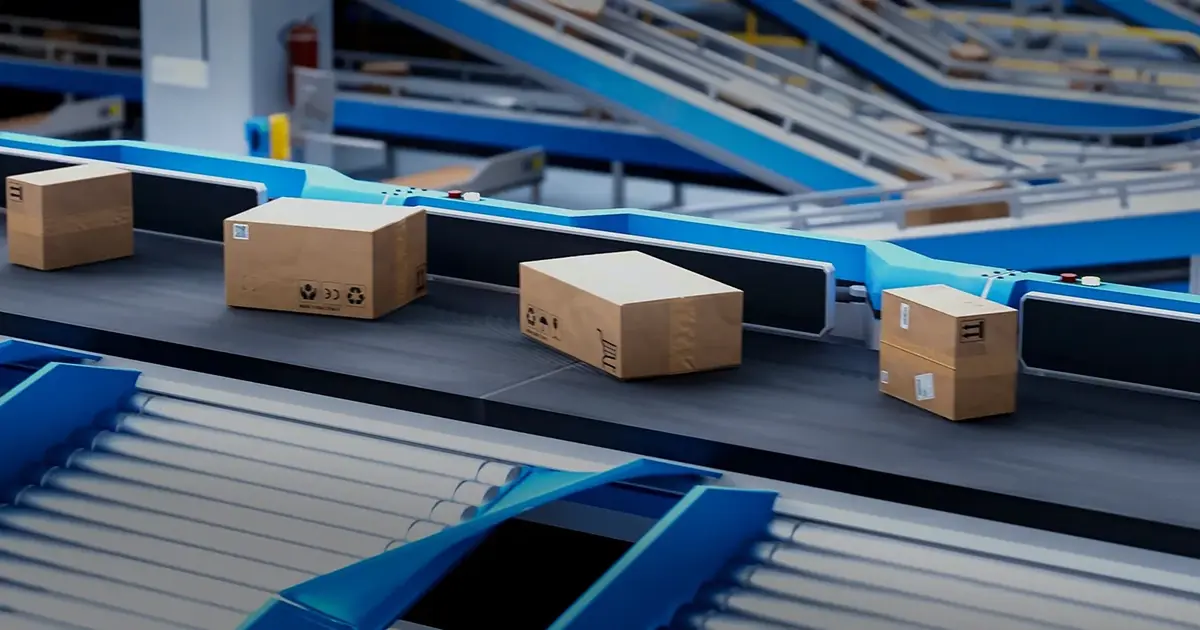Supply Chain Optimisation
Effective supply chain management is the backbone of the global economy, as all procurement operations depend on supply chains. With rising costs, shifting demand and critical disruptions, many companies are looking to optimise their supply chains so they are not just a business necessity but a strategic asset.

What is supply chain optimisation?
Supply chain optimisation is the process of improving the efficiency and effectiveness of a supply chain to maximise profits and minimise costs. It involves using tools, technologies and best practices to improve the quality and dependability of a supply chain.
The foundation of supply chain optimisation is end-to-end visibility across every link, made possible by the data generated by various applications and technologies.
Supply chain optimization examples
Examples of supply chain optimisation include:
- Optimising the location of inventory within the supply chain
- Reducing material waste
- Improving the speed and accuracy of product delivery
- Implementing data analytics to adapt to consumer demands and disruptions
- Analysing key performance indicators (KPIs) to monitor performance and adjust or overhaul areas that need improvement
- Integrating transportation management software to improve visibility into product shipments and shorten shipping times
- Adding AI to detect anomalies and refine processes
Supply chain optimisation is essential because it ensures peak (or near peak) efficiency to help manufacturers meet and exceed customer expectations. By optimising their supply chain, manufacturers can avoid higher costs, inadequate logistics, poor inventory visibility, more prolonged production cycles, delays in product delivery, poor customer service and the inability to respond quickly to disruptions.
Supply chain optimisation process
Three phases occur within a successful supply chain optimisation process: design, planning and execution.
Supply chain design
The first step in the supply chain optimisation process is supply chain design. This step begins with a thorough analysis of all elements of the current supply chain. During this phase, supply chain managers examine network design processes such as where warehouse facilities are located, the flow of products, demand forecasting, supply establishment, planning and scheduling.
Supply chain planning
The next step is supply chain planning, which entails developing or adjusting production and inventory plans that align with demand forecasts. This phase focuses on creating a strategic deployment, planning inventory and coordinating assets to optimise the delivery of products, services and information that flow from suppliers to customers. The goal is to balance supply and demand.
Supply chain execution
The final phase centres on execution, during which IT and supply chain managers choose inventory, warehouse, transportation management, analytics and decision-support systems. It also investigates execution-based applications that support the supply chain process, including real-time decision-based support systems, supply chain visibility and order placement management systems.
Supply chain optimisation techniques
In addition to the suppliers and products themselves, the building blocks of most supply chains are distributors, transport providers, warehousers and end customers. Every area of the supply chain can be optimised.
Common types of supply chain optimisation include supplier management, inventory network, cost, logistics, resources and technology.
Supplier management
Strong supply chain relationships rest on a foundation of quality, timely data. Manufacturers must understand which suppliers are performing well, which cannot meet demands and for what reasons. They need a real-time view of their customer demand to communicate changes to suppliers quickly.
Inventory optimisation
Inventory optimisation involves manufacturing the precise product needed to meet customer demand. Carrying too much inventory raises storage costs and can lead to waste. Carrying too little inventory can mean customers are left waiting for their orders, possibly causing them to buy from a different manufacturer.
Network optimisation
Supply chain managers must identify the best locations for factories, warehouses and distribution centres and the optimal flow between those locations. The goal is to control costs, increase reliability and provide flexibility in case of supply chain disruptions. Managers should start by assessing each supplier, and their suppliers’ suppliers, o determine their ability to accommodate fluctuations in supply and demand.
Cost optimisation
Cost optimisation is all about honing forecasts to produce enough supply to meet demand—so-called just-in-time manufacturing—without missing sales or promised orders. Cost savings also come from factory automation, reducing waste in the manufacturing process, choosing lower-cost suppliers, cutting energy consumption, applying predictive maintenance and optimising transport routes.
Logistics optimisation
Minimising transportation costs is crucial, especially given customer expectations for low—or no-cost shipping and speedy delivery. Failing to meet those demands can cause customers to take their business elsewhere. Transportation and global trade management software helps manufacturers plan the movement of raw materials and finished products and recommends the most cost-effective and compliant method.
Resource optimisation
Before optimising the supply chain, companies must audit all their resources to ensure they have the right skills, technologies, equipment and processes. A manufacturer’s resources include the people and physical assets it needs to produce, store, sell, repair, maintain and deliver its goods. Physical assets include factories, warehouses, machines and vehicles (such as trucks or tractors).
Technology optimisation
Technological advances allow manufacturers to move beyond optimising their facilities, processes, products and logistics. They’re also connecting manufacturers with suppliers and third-party data that can warn about port shutdowns, weather events, impending labour strikes and other factors that could impede deliveries.
Sustainable, Competitive, Circular: Future-Proofing Retail With Circular Supply Chains
Supply chain optimisation technologies
Some technologies that can help with supply chain optimisation include:
- Artificial intelligence: Intelligent, self-correcting AI makes inventory monitoring more accurate and reduces material waste.
- Internet of Things (IoT): Data from IoT sensors provide insight into inventory location and status.
- Blockchain: Blockchain verifies authenticity, improves traceability and visibility and improves transactional trust.
- Quantum computing: Unprecedented computational power through quantum computing solves previously unsolvable problems.
- Digital twins: Digital twins are virtual representations of complex creations that let organisations track objects through entire lifecycles.
Applying emerging technologies to supply chain optimisation helps supply chain managers get real-time visibility through inventory tracking and available-to-promise data. They also add intelligence by leveraging composable data and AI services for real-time intelligence.
Technology supports order management by allowing supply chain managers to customise pricing, send quotes, track orders and manage returns. Additionally, technology facilitates reporting and analytics, evaluating process patterns to forecast future demand and sales. Lastly, it assists with inventory tracking so managers know exactly where their inventory is across the supply chain.
Benefits of supply chain optimisation
An optimised supply chain can work wonders for any organisation and offers a wide range of benefits, including but not limited to:
- Improved quality control: An optimised supply chain allows a business to implement end-to-end quality management, from procurement of raw materials to customer delivery.
- Higher efficiency: Real-time data, computing, and analytics tools offer real-time insights into every step of supply chain operations, improving the flexibility and resilience of the supply chain while providing end-to-end transparency.
- Better flow of materials and information: Supply chain optimisation strengthens the flow of materials and information across the supply chain, from raw materials and product processing to the final consumer.
- Reduced costs: Optimising the supply chain offers control over expenses and helps eliminate unnecessary expenses in different operational areas.
- Increased revenue and profitability: An optimised supply chain is better, faster and more accurate, allowing organisations to be agile and respond to any oncoming issues in real time.
- Improved collaboration: An optimally managed supply chain allows organisations to share real-time information with their trading partners, suppliers and customers.
- Integrated supply chain management: A digitally optimised supply chain allows businesses to integrate different elements of supply chain management, such as sales forecasting, cash flow management, delivery and route planning and risk management, for better insights and decision-making.
The future supply chain must be digital, resilient and sustainable. To deliver, companies need the right strategy and mix of human and technical capabilities to build optimised supply chain solutions.
Further reading
Check out these resources to learn more about supply chain optimisation and its role in people-centric innovation.
-31-carousel-insight-expanded.webp)

/retail-margins-online-sales-carousel-insight-expanded.webp)


